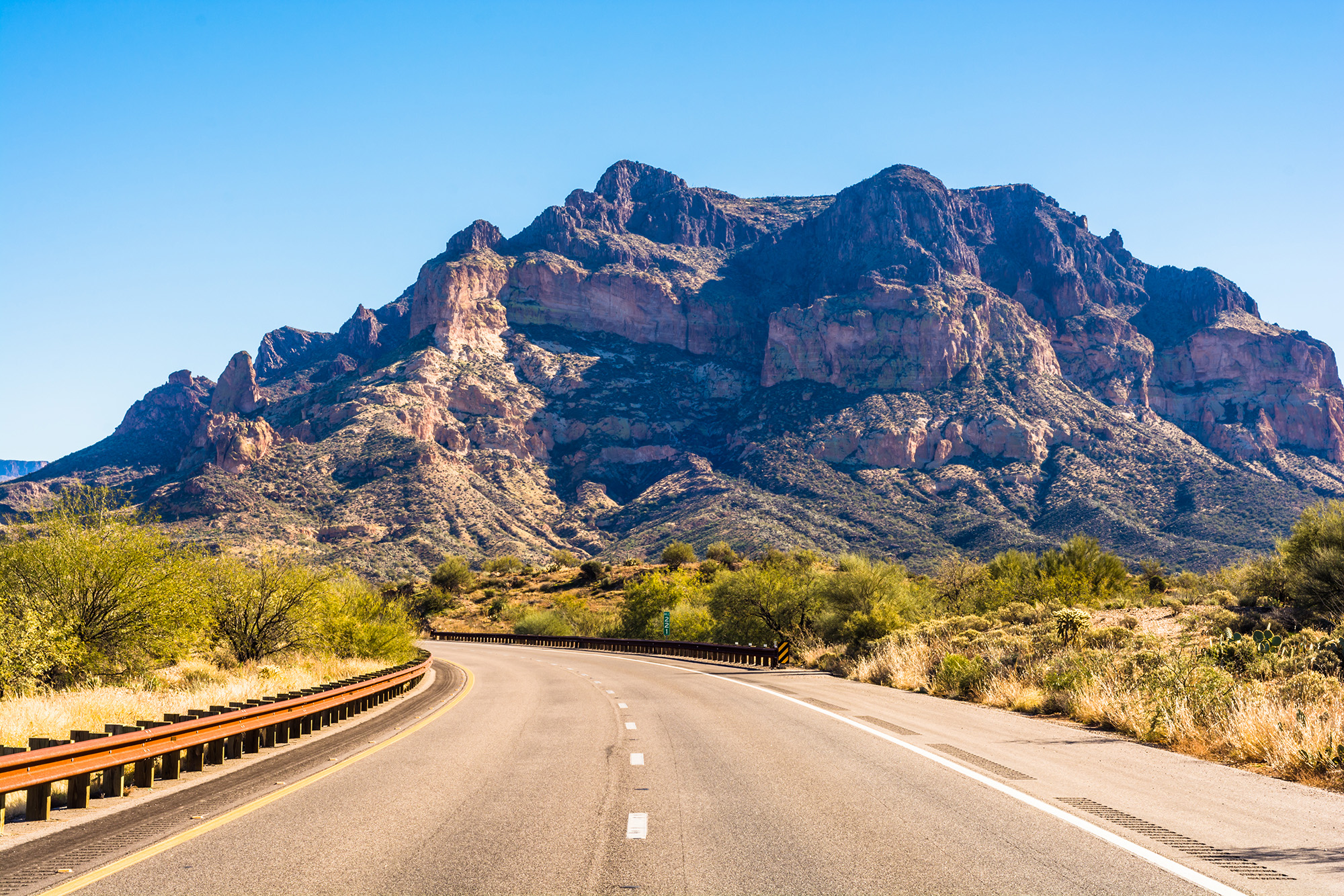
Arizona DOT Releases Five-Year Construction Plans
The Arizona State Transportation Board finalized and approved the 2022-2026 Five-Year Transportation Facilities Construction Program with plans for major corridor improvements, pavement upgrades, and more for highways. The next five years will include highway improvements from widening highways to improving safety that will cost $1 billion annually.
The plan was approved after a three-month period where the public could provide feedback, and Arizonans showed up with more than 1,000 comments. The Arizona State Transportation Board also coordinated four virtual public hearings as the five-year program was considered.
John Halikowski, ADOT director, shared that the construction program “works to address the need for new infrastructure while maintaining existing highways, all within the constraints of limited funding resources.”
Five-Year Program Goals
- - $328 million: Add lanes along Interstate 17 between Anthem Way and Sunset Point (2022)
- - $83 million: Replace the Gila River bridges on Interstate 10 between Phoenix and Casa Grande (2023)
- - $70 million: Construct the first phase of the I-40/US 93 West Kingman interchange (2024)
- - $41 million: Widen US 93 between Tegner Street and Wickenburg Ranch Way (2022)
Meanwhile, the widening projects for I-17 and I-10 are advanced and partially funded through ADOT’s partnership with Maricopa Association of Governments, the regional planning agency. With $1 billion of funding for pavement preservation, 581 lane miles of pavement will be brought from poor or fair conditions to good conditions.
To improve public safety and transportation, the 2022-2026 Five-Year Program aligns with ADOT’s goal of the rehabilitation of bridges and roadways in the state highway system, and $320 million has been allocated for the projects. Projects include repaving, repairing, and reconstructing of highways and bridges. Moreover, $407 million was earmarked for projects to improve highway safety and functionality, including the use of smart technology and additional shoulders.
“The additional lanes are important to improve safety and efficiency while the state continues to attract jobs, businesses and economic growth,” Halikowski said in the release. “At the same time, ADOT is investing most rural highway funding to preserve existing roads and bridges to keep them in good condition for the movement of people and freight.”
Arizona State Transportation Board works along with the local and regional planning organizations and community leaders to identify projects to improve public safety and transportation.
During the public comment period, Arizonans and other parties stepped up with concerns, comments, and perspectives on this 2022-2026 Five-Year Program for the public transportation of the area. Those comments and common concerns were not made available.
At StrongGo, our highest concern is accessibility. As a United States industry-leading manufacturer of detectable warnings, we have years of experience in developing and designing systems that serve individuals with disabilities. We believe universal accessibility is more than just a nicety — it’s a necessity for economic and sustainable growth.
Accessibility should be a key consideration in continuing conversations with the Arizona State Transportation Board and current as well as future plans. We would like to see more thought given to accessible platforms that serve mobility devices and varying levels of vision loss. Communication with individuals with disabilities, engineers, and designers ensures that upcoming projects seamlessly integrate accessibility into the very infrastructure of the state.
We believe a better world is an accessible one. StrongGo strives to provide the best ADA-compliant detectable warning dome tiles to match every project. Speak with an expert today.


